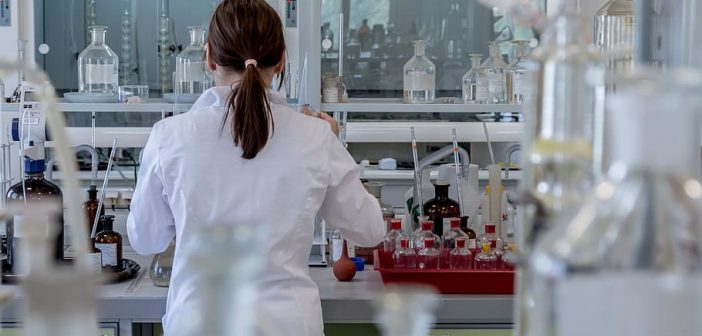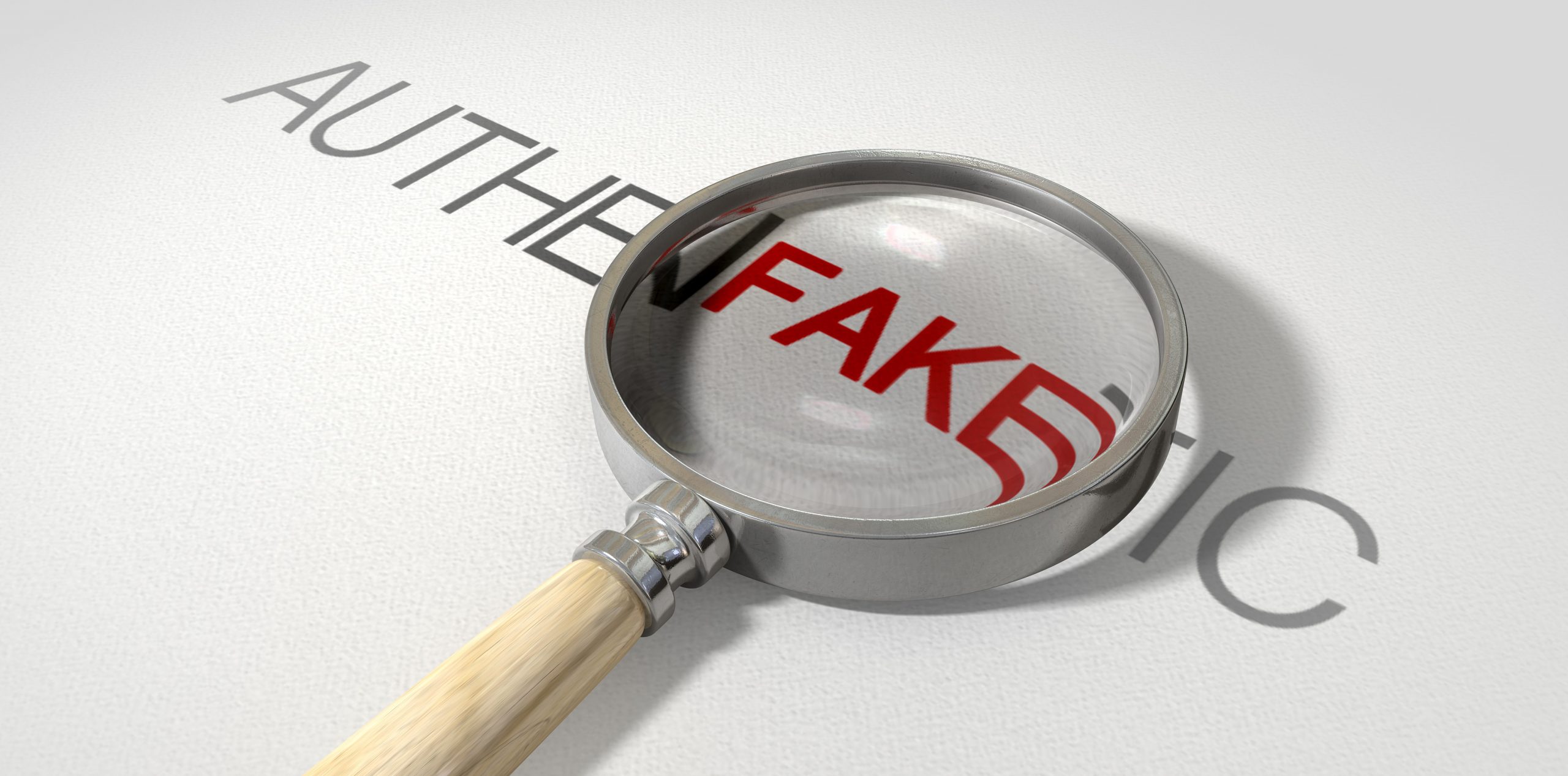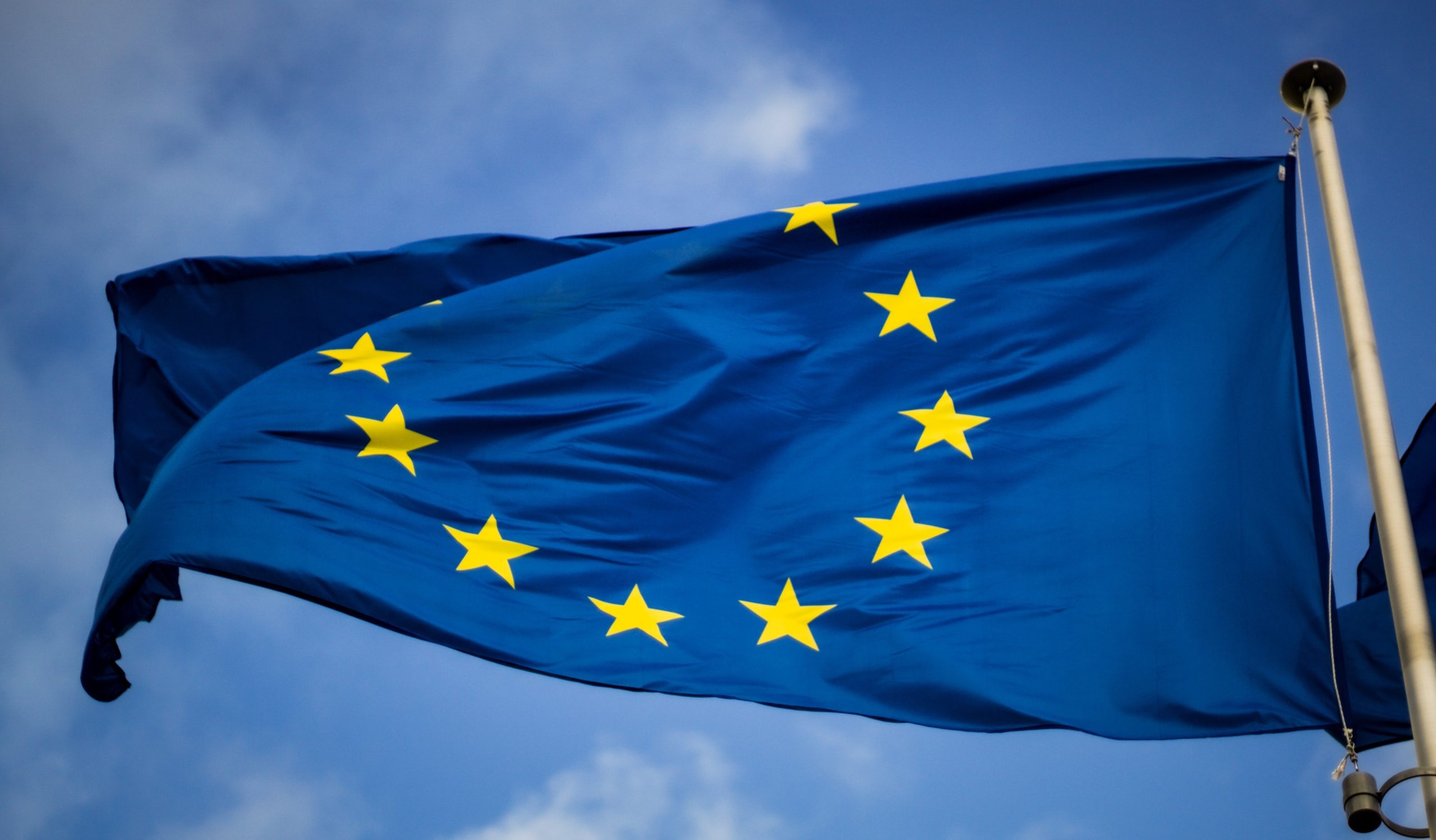Lessons from researchers, start-ups and big companies
1. Introduction
We are currently living challenging times. This Covid-19 pandemic is shifting medical battlegrounds from impoverished villages in the developing world to the wealthiest cities, requiring scientific communities all over the world a historical effort in order to create a global collaboration[1]. Despite the nationalistic tones of many governments’ leaders, an open access protocol adopted by researchers is contributing to a significant portion of the coronavirus solution available in the archive.
In this scenario, intellectual property, with its exceptions and limitations, is showing its importance for scientific and human development. The spread of the virus has been monitored and described, whilst sharing text and data mining projects[2], or accessing copyrighted news articles through fair dealing rights for research purposes. The first potential healthcare treatments envisaged have been based on commercially available medicaments developed for other diseases or diseases with similar effects or indications, whereby their therapeutic use is being verified through experimental use exceptions to patent rights, if any. The impact of Covid-19 on intellectual property has pushed many to encourage relaxed IP rules to foster equal and accessible medical care.
2. Some negative approaches to enforcement of IP rights
In this global pandemic some pharmaceutical companies, such as Roche or Gilead, have initially tried to maximize their market position (and revenues) by strengthening proprietary rights.
Pharmaceutical company Roche, initially refused to release in the Netherlands the recipe for a solution, a lysis buffer, which is needed for the Covid-19 diagnosis tests. This would have helped laboratories to quickly produce their own solution, ramping up their testing capabilities. The European Commission launched a preliminary investigation into the position of Roche in the Dutch market, in order to monitor and control for a possible abuse of dominant position, pushing the Swiss company to changing its mind and releasing the recipe.
The US company Gilead produced a potential therapy for coronavirus based on the commercially available, albeit for another indication, antiviral Remdesivir and tried to persuade the Food and Drug Administration (FDA) to invoke the Orphan Drug Act[3], in order to benefit of seven years of (post-approval) market exclusivity and total control of its price. However, Gilead, after coming under fire, announced on March 25ththat it had requested the Food and Drug Administration to rescind the exclusive marketing rights and the orphan drug designation it had secured for Remdesivir[4].
Another negative example comes from the District Court of Delaware, where, on the 9thof March, a US company, Labrador Diagnostics, decided to sue a French owned company, Biofire Diagnostics LLC, which manufactures kits for covid-19 rapid diagnosis tests, in the middle of a pandemic[5]. The plaintiff’s claim was that these diagnosis kits infringed patents owned by a controlled company, Theranos, which however produced testing equipment that have never actually worked. They had requested that the use of the defendant tests be blocked[6]but the outcome of this case, finally, convinced the plaintiff to grant the defendant a royalty-free license. In very delicate acute situations, many serious concerns on shameful acts of possible patent trolls are being raised, as they might be shaking down basically every patent filer[7].
Pharmaceutical companies will probably never win a popularity contest. Dominating the global industry means relying on intellectual property rights for a longer period, to recover from important R&D investment of often billions of dollars, for the development of new products. But things look very different in the middle of a global and acute health crisis, such as that presented by COVID-19, where the need is to provide immediate access to medical treatments and to boost the necessary time-line for the production of a new vaccine. Not a great time for being bullish.
3. An (obvious) change of mindset?
It is thus apparent that an efficient and adequate access to intellectual property rights appears more than ever to be necessary to try to slow down the global spread. The covid-19 requires well-coordinated and administered reactive global actions. The impression is that whilst intellectual property rights, under normal circumstances, are considered an incentive for innovation in the long run, in the context of an acute pandemic, they are instead perceived to (potentially) slow down vital investments in technologies needed to reduce fatal complications and rate of deaths, hence to contribute to economic decline and social disruptions.
An open call from a dozen of global government officials supported the decision of many scientific journals and publishers for a wide-open access model related to coronavirus publications, using free archives of medical science research or other sources such as the World Health Organization’s Covid-2019 database[8]. These have to be available also in a machine-readable format, using spreadsheets or data, such that artificial intelligence software’s or computer systems are able to promptly use them.
Another call to action came from the government of Costa Rica, directed to the World Health Organization, with a proposal to create a voluntary pool of rights, mainly intellectual property and competition laws, related to coronavirus. This proposal has been accepted and will be based on the example of the Medicines Patent Pool (MPP)[9], including patents, voluntary and compulsory licensing, copyrights, design rights, data and know-how[10]. A strong “Whatever it takes” applied to IPR’s able to tackle barriers to mass manufacturing and distribution of products able to prevent or cure this global disease.
Some pharmaceutical companies, such as AbbVie, waived their patent rights, thus removing the barrier for a new therapeutic, combined use of two known and commercially available antivirals, lopinavir and ritonavir (marketed under the trade name Kaletra), which thus may be manufactured everywhere by qualified producers[11].
A medical device company, Medtronic, shared the design specifications for the rapid manufacturing, even for companies with limited or no prior experience, of a simplified ventilator model (PB 560)[12]. It’s worth noting that Medtronic isn’t open-sourcing the PB 560’s design exactly: it’s merely issuing a special “permissive license[13]” specifically for the purposes of addressing this global coronavirus pandemic and its term ends either when the World Health Organization’s official Public Health Emergency of International Concern (PHEIC) is declared over, or on October 1, 2024, whichever comes first.
Obviously, even the possibility of having concrete disposal of design or know-how specifications doesn’t entirely solve the problem, given the difficulties to build production lines to create different products. It takes time and effort to adapt to original supply chain disruptions and switch to a mass production[14]of personal protective equipment (PPE) and ventilators. Big corporations like Bauer and Dyson or car manufacturers like Ford and General Motors, after an initial struggle, started shifting normal production of hockey gear, vacuums and vehicles into protective masks and ventilators.
4. Start from scratch
Some individuals and businesses even demonstrated to be more prepared for quicker reaction against such disruptions. Inventors, start-ups and academic research institutions well suited the role of those spinning up production in short order and quickly creating their own adapted designs.
A Canadian start-up, TransPod, specialized in designing ultra-high-speed transportation technology decided to challenge itself and to develop a respirator. Being already in the midst of designing a fresh-air system for its vehicle cabins (the trains are set to travel as fast as airplanes and good air circulation solutions are vital) some of the development needed for a ventilator system already existed[15].
Calls to action have been echoing through the internet and these calls have been met, in part, by a very particular category, proven to be rapid and effective, those with 3D printers[16]. A New York couple has stepped up in a big way to help out workers at a county-operated coronavirus test site in Syracuse (USA), making 300 face shields using 3D printers in their basement[17].
The most interesting and exemplary story concerns an Italian additive manufacturing start-up, Isinnova, that 3D printed a key component venturi[18]valve for oxygen masks, an accessory supplied as part of a CPAP[19]Hood system and used to help patients with acute respiratory troubles caused by coronavirus. The hospital of Chiari, near Brescia, in the northern part of Italy, needed supplies of special valves in order to use breathing equipment to help keep Covid-19 patients alive in intensive care units. The original manufacturer, Intersurgical, was unable to supply the part because of the high request for this particular valve and refused to share the relevant 3D file. In order to print the valve replicas, without the manufacturer blueprints, the CEO of Isinnova Cristian Fracassi created unofficially copies of the valve through reverse engineering, from scratch[20]. When 3D printing parts are designed by others, the risk of claims of intellectual property infringement is high (for example, if the parts are protected by copyright or patents) and thus, should proceed with caution. Cristian Fracassi, who owns more than 50 patents, stated: “I don’t even think there is a patent for this valves, I did a patent anteriority search as I usually did before drawing up and filing my patent applications, but I didn’t find that patented product, though Intersurgical has registered more than 90 patents”. On the other hand, those who find their parts being 3D printed by others must also carefully weigh how to best proceed—especially in times of acute health crisis like these where, due to public health and safety concerns, a claim of infringement might result in a negative public perception[21].
A great lesson from start-ups is that prototyping needs to be quickly reactive, you don’t need a full product to be useful, if time is not on your side. Do it quickly, do it cheaply[22].
5. Conclusions
Summing up, the actual trends developing from the Covid-19 pandemic set out for owners of intellectual property rights an increased shift towards the grant of free and temporary voluntary licenses to use their patented and copyrighted technologies in the fight against the new coronavirus without fear of legal consequences[23], limited not only in scope but in time. The urgent need for vaccines, medicaments, diagnostics tools and reagents, medical equipment and therapeutics protocols makes it clear that reshaping the enforcement of intellectual property rights can be a necessary measure, to prevent the block for researches on cures, vaccines, pharmaceuticals and diagnostics to be rapidly manufactured and delivered.
Relaxing patent rules doesn’t mean to generally relax controls over possible scammers and fraudsters, as counterfeited medical products and test kits[24]are spreading worldwide due to the uncertainty related to the global pandemic, so that a purposive, strong enforcement needs to be carried out. South Korea has been for many aspects one of the trending countries, during this Covid-19 pandemic, in providing strong and efficient answers to Coronavirus, by relying intellectual property and technology[25]. The country collected a great amount of medical data from the mass adoption of trace testing and mobile apps and used this amassed data, confronting them with the Korean Intellectual Property Office (KIPO) data bank, to distinguish valid from fraudulent solutions and test kits[26]. A strong patent history generally supports valuable products and companies’ credibility, using these indicators South Korea has been able to select and adopt reliable solutions among the proposed ones, to flatten the pandemic curve and to detect fraudsters.
The epidemic is still ongoing and predicting what will happen once the dust has settled seems premature. The financial uncertainty related to Covid-19 will undoubtedly impact businesses choices and decisions, bringing to prioritization of the economical and legal choices. Intellectual property may be deemed low priority in a moment where businesses will face many other challenges[27], but IP portfolios need attention even in these hard times. This pandemic provided a great amount of know-how shared, able to provide the necessary resources for inventors and innovators looking at what they can build today, demonstrating how times of emergency can spawn new and innovative ideas. Companies with acknowledged reputation in IP rights and patent filing should continue to innovate for fostering continuous and total innovation policies, defending the reliable tradition of their products from new competitors, protecting their inventions.
Although some critics can be raised[28], there are strong benefits from enhancing intellectual property rights and the actual set of rules proved to be able not only to adjust to different kind of situations, leveraging limitations and exceptions, but also that a high-quality IP system better reacts to crisis given the readiness of its business environment. Let’s not waste these tragic lessons, this pandemic shows the importance of well-balanced positions. The question whether Covid-19 shifts attention on patents or patients’ needs a collective answer: both.
[1]See Matt Apuzzo and David D. Kirkpatrick, “Covid-19 Changed How the World Does Science, Together”, NYT, 02.04.2020, https://www.nytimes.com/2020/04/01/world/europe/coronavirus-science-research-cooperation.html.
[2]See Eric Niiler, “An AI Epidemiologist Sent the First Warnings of the Wuhan Virus”, Wired, 25.01.2020, https://www.wired.com/story/ai-epidemiologist-wuhan-public-health-warnings/.
[3]The Orphan Drug Act of 1983, is a law passed in the United States to facilitate development of orphan drugs, drugs for rare diseases. More https://en.wikipedia.org/wiki/Orphan_Drug_Act_of_1983.
[4]See Manas Mishra and Michael Erman, “Gilead asks FDA to take back lucrative orphan drug status on possible coronavirus treatment”, Reuters, 25.03.2020, https://uk.reuters.com/article/us-health-coronavirus-gilead-sciences/gilead-asks-fda-to-take-back-lucrative-orphan-drug-status-on-possible-coronavirus-treatment-idUKKBN21C3MG.
[5]See Aaron Holmes, “A company that bought Theranos’ patents is using them to sue a health startup working on coronavirus tests”, Business Insider, 17.03.2020, https://www.businessinsider.com/theranos-patents-fortress-labrador-diagnostics-lawsuit-biofire-coronavirus-tests-2020-3?IR=T.
[6]DISTRICT COURT FOR THE DISTRICT OF DELAWARE, LABRADOR DIAGNOSTICS LLC, Plaintiff,v.BIOFIRE DIAGNOSTICS, LLC and BIOMERIEUX S.A., Defendants. https://assets.documentcloud.org/documents/6811201/Labrador-v-Biofire.pdf.
[7]See Joel Hruska, “Patent Troll Sues to Pull Covid-19 Tests Off Market Over Alleged Infringement”, ExtremeTech, 17.03.2020, https://www.extremetech.com/extreme/307741-patent-troll-sues-to-pull-covid-19-tests-off-market-over-alleged-infringement.
[8]See Klint Finley, “Global Officials Call for Free Access to Covid-19 Research”, Wired, 13.03.2020, https://www.wired.com/story/global-officials-call-free-access-covid-19-research/.
[9]The Medicines Patent Pool (MPP) is a United Nations-backed international organisation founded in July 2010,[1] based in Geneva, Switzerland. Its public health driven business model aims to lower the prices of HIV, tuberculosis and hepatitis C medicines and facilitate the development of better-adapted HIV treatments through voluntary licensing and patent pooling. More, https://unitaid.org/news-blog/medicines-patent-pool-and-unitaid-respond-to-access-efforts-for-covid-19-treatments-and-technologies/#en.
[10]See Christopher Garrison, “Urgent collective action to meet the challenge of this pandemic crisis: a coronavirus related intellectual property pool”, Medicine’s Law and Policy, 30.03.2020, https://medicineslawandpolicy.org/2020/03/urgent-collective-action-to-meet-the-challenge-of-this-pandemic-crisis-a-coronavirus-related-intellectual-property-pool/
[11]See Donato Paolo Mancini and Hannah Kuchler, “AbbVie drops patent rights for Kaletra antiviral treatment”, Financial Times, 23.03.2020, https://www.ft.com/content/5a7a9658-6d1f-11ea-89df-41bea055720b.
[12]See Darrell Etherington, “Medtronic is sharing its portable ventilator design specifications and code for free to all”, TechCrunch, 30.03.2020, https://techcrunch.com/2020/03/30/medtronic-is-sharing-its-portable-ventilator-design-specifications-and-code-for-free-to-all/.
[13]Permissive License – Open Ventilator Files, Medtronic, https://www.medtronic.com/content/dam/medtronic-com/global/Corporate/covid19/documents/permissive-license-open-ventilator.pdf.
[14]See Fred Schmaltz, “The coronavirus outbreak is disrupting supply chains around the world — here’s how companies can adjust and prepare”, Business Insider, 26.03.2020, https://www.businessinsider.com/covid-19-disrupting-global-supply-chains-how-companies-can-react-2020-3?IR=T.
[15]See Barry Chong, “Amazing ways Canadian startups are tackling the COVID-19 crisis”, Mars, 02.04.2020, https://marsdd.com/magazine/how-canadian-startups-are-tackling-the-covid-19-crisis/.
[16]3D printer is a machine that makes a three-dimensional solid object from a digital file using an additive process. The printer creates the object by building up successive layers of material. While 3D printing has many benefits, it is commonly associated with rapid prototyping or custom small-scale manufacturing, but the current crisis has highlighted another potential of 3D printers—distributed crowdsourced manufacturing.
[17]See Olivia Solon and April Glaser, “Hospitals turn to crowdsourcing and 3D printing amid equipment shortages”, NBC News, 21.03.2020, https://www.nbcnews.com/tech/innovation/worldwide-hackathon-hospitals-turn-crowdsourcing-3d-printing-amid-equipment-shortages-n1165026.
[18]These operate by the varying viscosity of liquids and gases and are designed for situations, such as fire truck hoses, where there is a large flow and a large quantity of air to be vented rapidly. A conical plug valve is spring-loaded. Flow around this valve acts against spring pressure. Flow of liquid is sufficient to hold the valve against the spring, flow of air is not.
[19]Continuous positive airway pressure (CPAP) is a form of positive airway pressure ventilator, which applies mild air pressure on a continuous basis. More, https://en.wikipedia.org/wiki/Continuous_positive_airway_pressure.
[20]See Jay Peters, “Volunteers produce 3D-printed valves for life-saving coronavirus treatments”, The Verge, 17.03.2020, https://www.theverge.com/2020/3/17/21184308/coronavirus-italy-medical-3d-print-valves-treatments.
[21]See Michael Horikawa, “As a Response to COVID-19, 3D Printing Provides Some Wins … and Some Compelling Intellectual Property Questions”, Internet and Technology Law Blog, 23.03.2020,https://www.internetandtechnologylaw.com/covid-19-3d-printing-intellectual-property/.
[22]See Eric Ries, “The lean startup methodology”, http://theleanstartup.com/principles.
[23]Open Covid Pledge Licensing, https://www.unifiedpatents.com/open-covid-pledge.
[24]See, “Man charged with making and selling fake COVID-19 treatment kits”, http://news.cityoflondon.police.uk/r/1332/man_charged_with_making_and_selling_fake_covid-19.
[25]See Nathan Millard, “South Korea turns to tech to take on Covid-19”, Asia Times, 12.03.2020, https://asiatimes.com/2020/03/south-korea-turns-to-tech-to-take-on-covid-19/.
[26]European Patent Office, “Korea: New developments in Korean IP with regard to COVID-19”, https://www.epo.org/searching-for-patents/helpful-resources/asian/asia-updates/2020/20200326.html.
[27]See “Effects of COVID-19 on Patents – Twice The Number of Abandonments”, BlueIron, https://blueironip.com/effects-of-covid-19-on-patents-twice-the-number-of-abandonments/.
[28]See Helen Gubby, “Is the Patent System a Barrier to Inclusive Prosperity? The Biomedical Perspective”, Wiley Online Library, 06.09.2019, https://onlinelibrary.wiley.com/doi/full/10.1111/1758-5899.12730.



